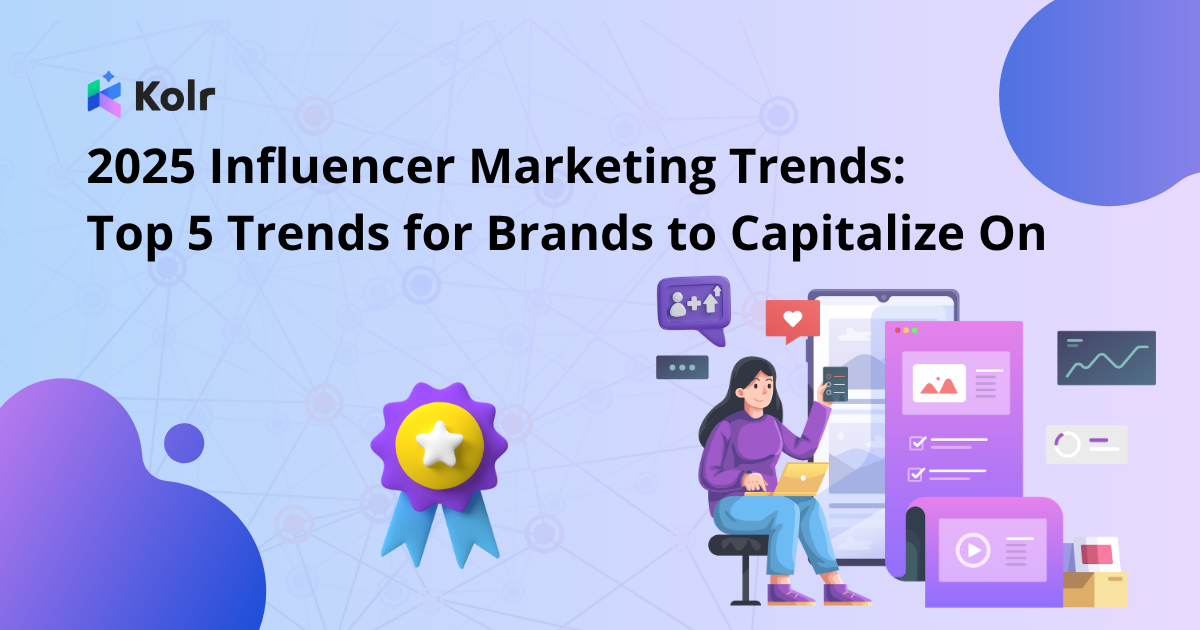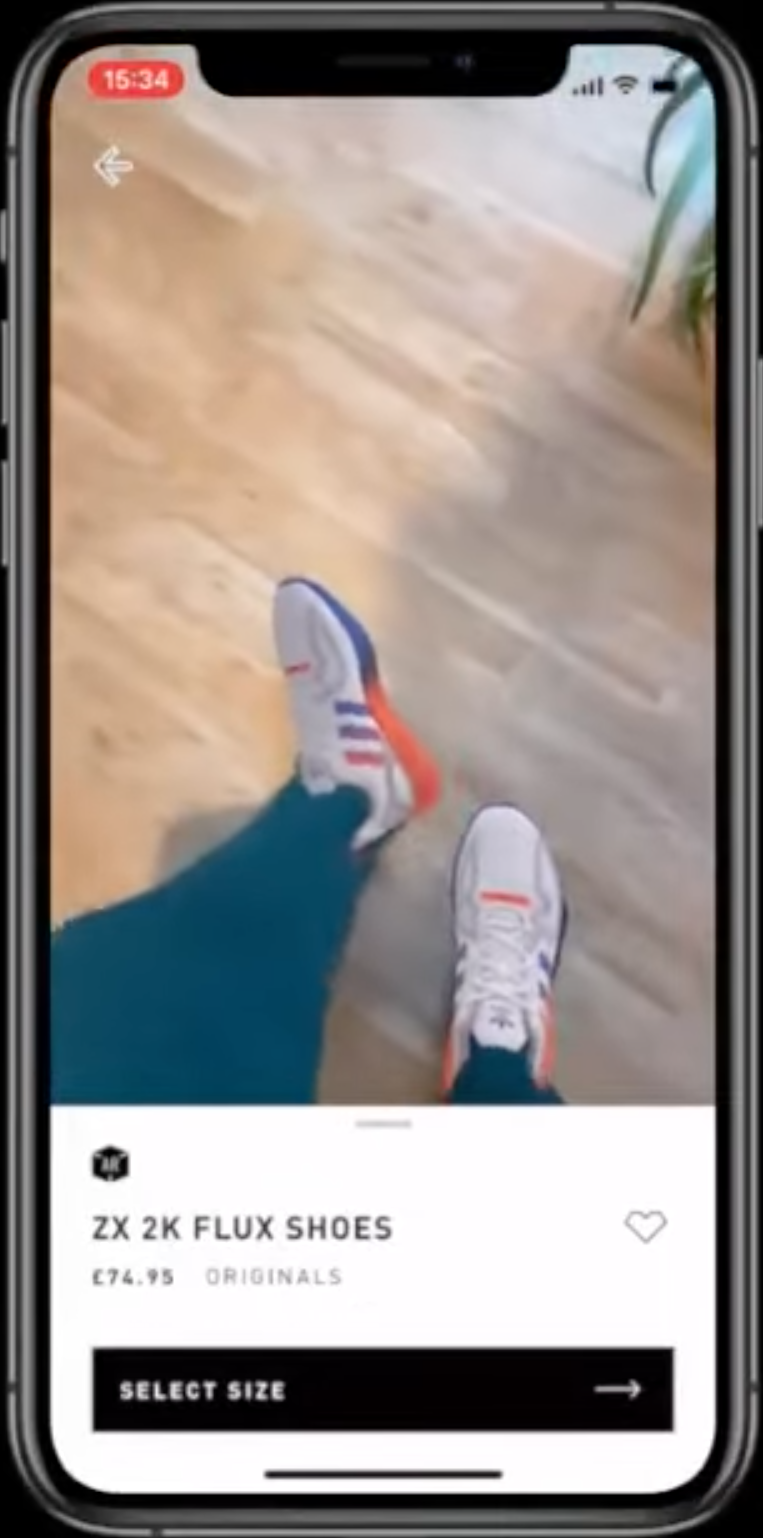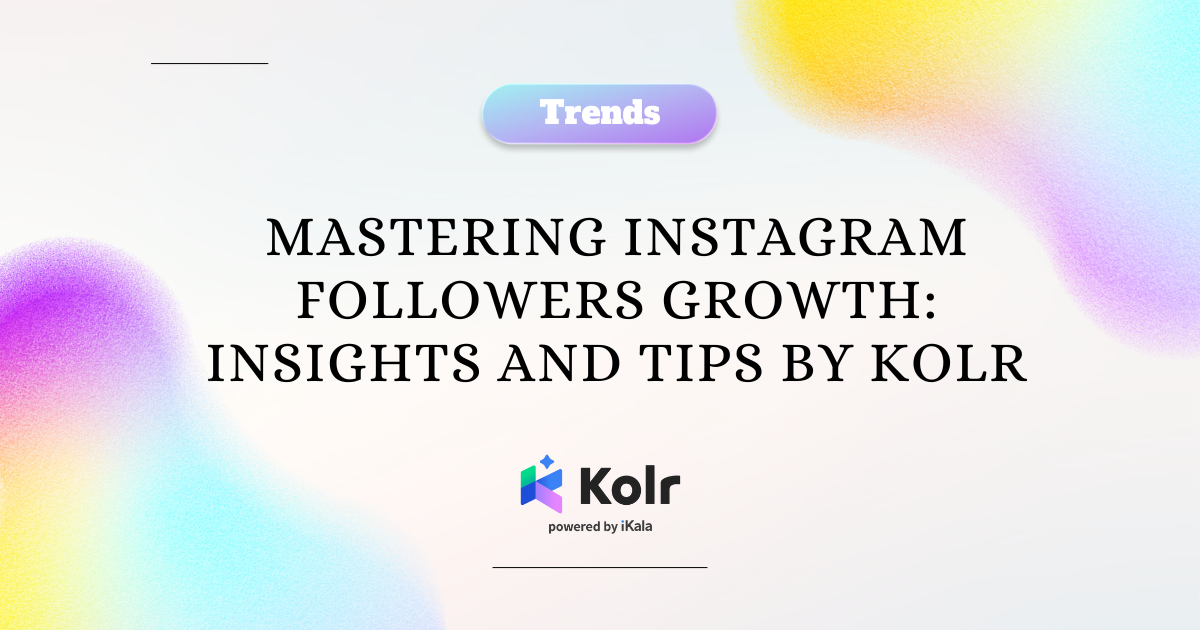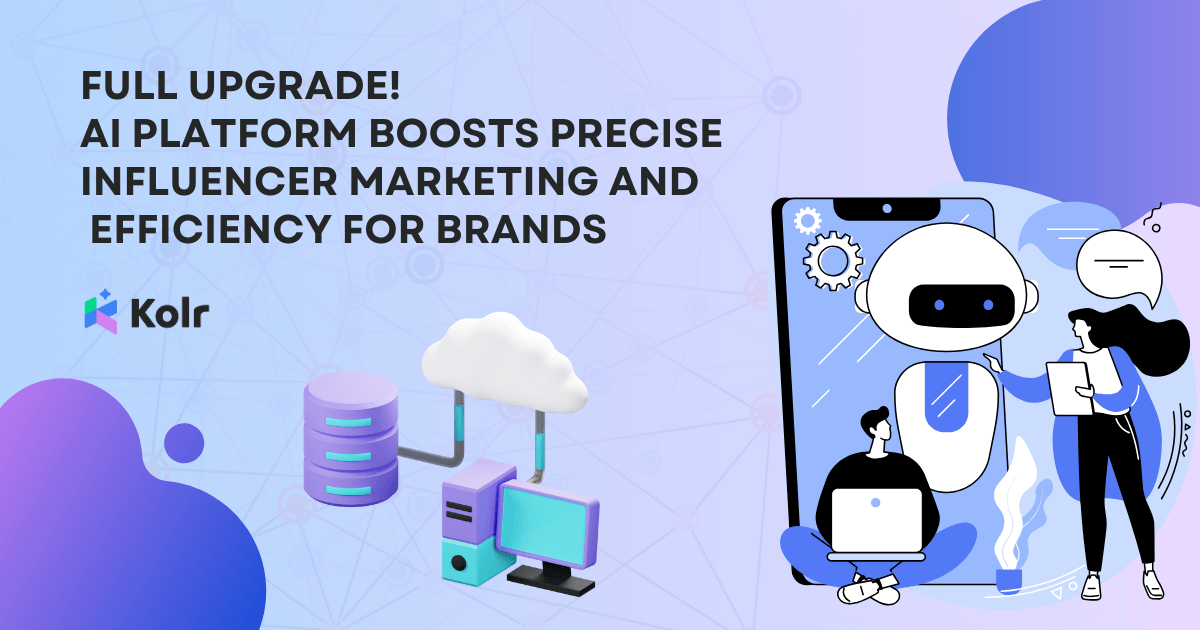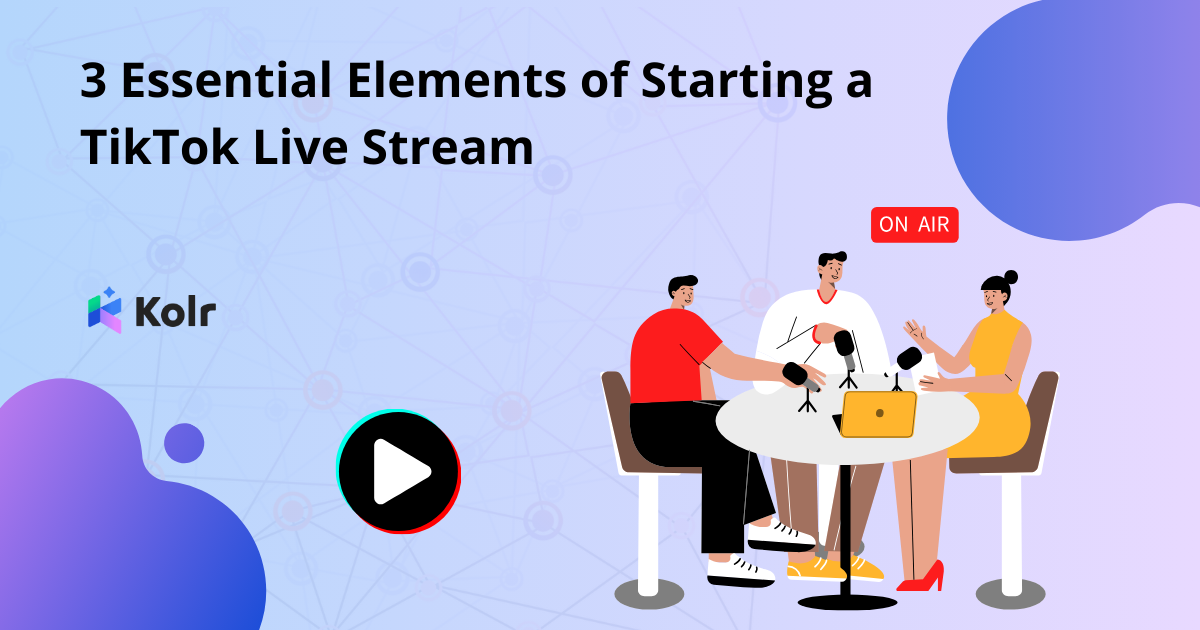Every few years, a new social media platform emerges, reshaping the landscape of influencer marketing and challenging brands to adapt to changing audience behaviors and preferences. As we step into 2025, the pace of innovation shows no signs of slowing down, with platforms continuing to evolve and users demanding fresh, engaging content that aligns with their interests and values.
In recent years, influencer marketing has cemented itself as a cornerstone of digital marketing strategies for brands. From the visually-driven posts on Instagram to the viral short-form videos popularized by TikTok, influencers have redefined how brands connect with their audiences.
However, staying relevant and getting ahead of the competition requires more than just riding the wave of existing trends. As technology becomes more advanced and data-driven strategies become the norm, the future of influencer marketing revolves around even greater personalization, deeper audience insights, and innovative content formats that blur the lines between entertainment, commerce, and engagement.
Looking ahead, successful brands will need to harness these shifts to stay ahead, embracing new approaches that surprise, connect, and inspire.
So, what’s in store for influencer marketing strategies in the coming year? Let’s explore the top five trends set to transform the industry in 2025.
1. Firework Campaigns: The Element of Surprise

In today’s fast-paced social media environment, capturing and retaining audience attention has become a significant challenge. With shrinking attention spans and an oversaturation of content, viewers often scroll past videos before reaching key messages or calls-to-action, reducing campaign effectiveness.
To address this, brands, agencies, and influencers are adopting innovative approaches that leverage creativity and the element of surprise. These are known as “firework campaigns”—short, impactful content designed to deliver maximum engagement through shock value or unexpected twists. These campaigns aim to captivate audiences instantly, ensuring messages land effectively and resonate with viewers.
Firework campaigns are particularly effective at driving virality. Highly entertaining or surprising content is more likely to be shared organically, amplifying reach through user engagement. The ripple effect of repeated shares across social platforms can skyrocket views and visibility, creating significant buzz around a brand or product.
To succeed, brands must collaborate closely with influencers to craft compelling narratives that blend authenticity with high entertainment value. Iconic examples like Uncle Roger’s viral fried rice critique demonstrate how humor and shock can transform simple content into cultural phenomena. For 2025, embracing fireworks campaigns will be a powerful strategy to stand out and make a lasting impact in the digital landscape.
2. Social-First Mindset: Putting Social Media at the Core of Marketing
Creating Regular Content With Frequency and Consistency
DataReportal reports that out of the world’s 8.18 billion people, 70% (5.75 billion) own a mobile phone, 67.5% (5.52 billion) use the internet, and 5.22 billion are active on social media. With the internet and social media now deeply embedded in everyday life, digital marketing has become indispensable, making it necessary for brands to adopt a social-first mindset in digital marketing strategies in 2025.
A social-first mindset involves placing social media at the core of a brand’s marketing efforts. This means prioritizing the creation of dynamic, engaging, and frequent content tailored specifically for social platforms. Collaborating with influencers as part of this strategy can amplify reach and engagement, as influencers bring their unique voice and established audiences to enhance a brand’s visibility. Regular posts from both the brand and partnered influencers ensure your brand stays top-of-mind for your audience, while consistency across content reinforces your brand’s identity and message.
Social platforms thrive on fresh, engaging content, and influencers can be key contributors to this ecosystem. By planning a steady stream of posts—whether it’s updates, promotions, storytelling, or influencer collaborations—brands can keep their audience connected and engaged. Influencers can help announce flash sales, highlight new products, or even create memes or commentary on trending topics, ensuring the brand remains part of the online conversation in an authentic and relatable way. This approach not only builds trust but also strengthens the perception of reliability through a combination of brand and influencer efforts.
Consistency also involves aligning your content with your brand’s voice and visual identity. Whether posting weekly updates or responding promptly to comments, a cohesive strategy helps audiences recognize and relate to your brand across different platforms.
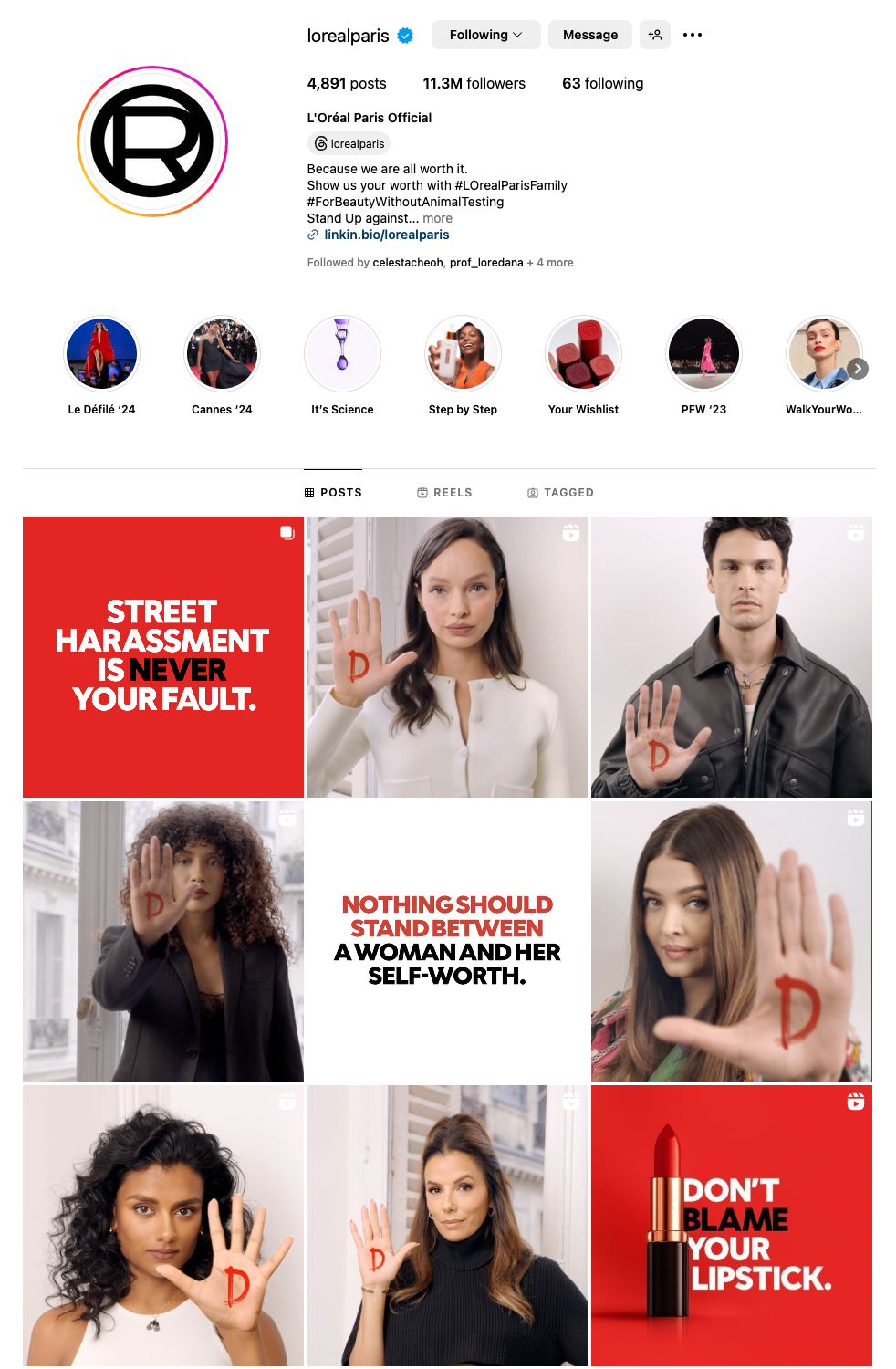
Authentic and Native Content
Social media is a space where people value authenticity over perfection. Audiences today are drawn to content that feels real, relatable, and in the moment. Gone are the days when highly polished advertisements with rigid acting and scripts dominated the scene; instead, casual and unscripted moments now have greater appeal.
Authentic content resonates because it reflects genuine experiences. Influencers, for instance, connect deeply with their followers by sharing unscripted live sessions, behind-the-scenes glimpses, or personal stories. This relatability builds trust and loyalty.
Brands can tap into this trend by planning content that feels natural rather than overly rehearsed. Capturing in-the-moment photos or videos during product launches, customer interactions, or events can bring a fresh perspective. While maintaining a balance with professional posts, integrating casual content into your strategy makes the brand more approachable and human.
By combining frequency, consistency, and authenticity, brands can not only create a strong social media presence but also foster genuine connections with their audience, ensuring long-term engagement and loyalty.
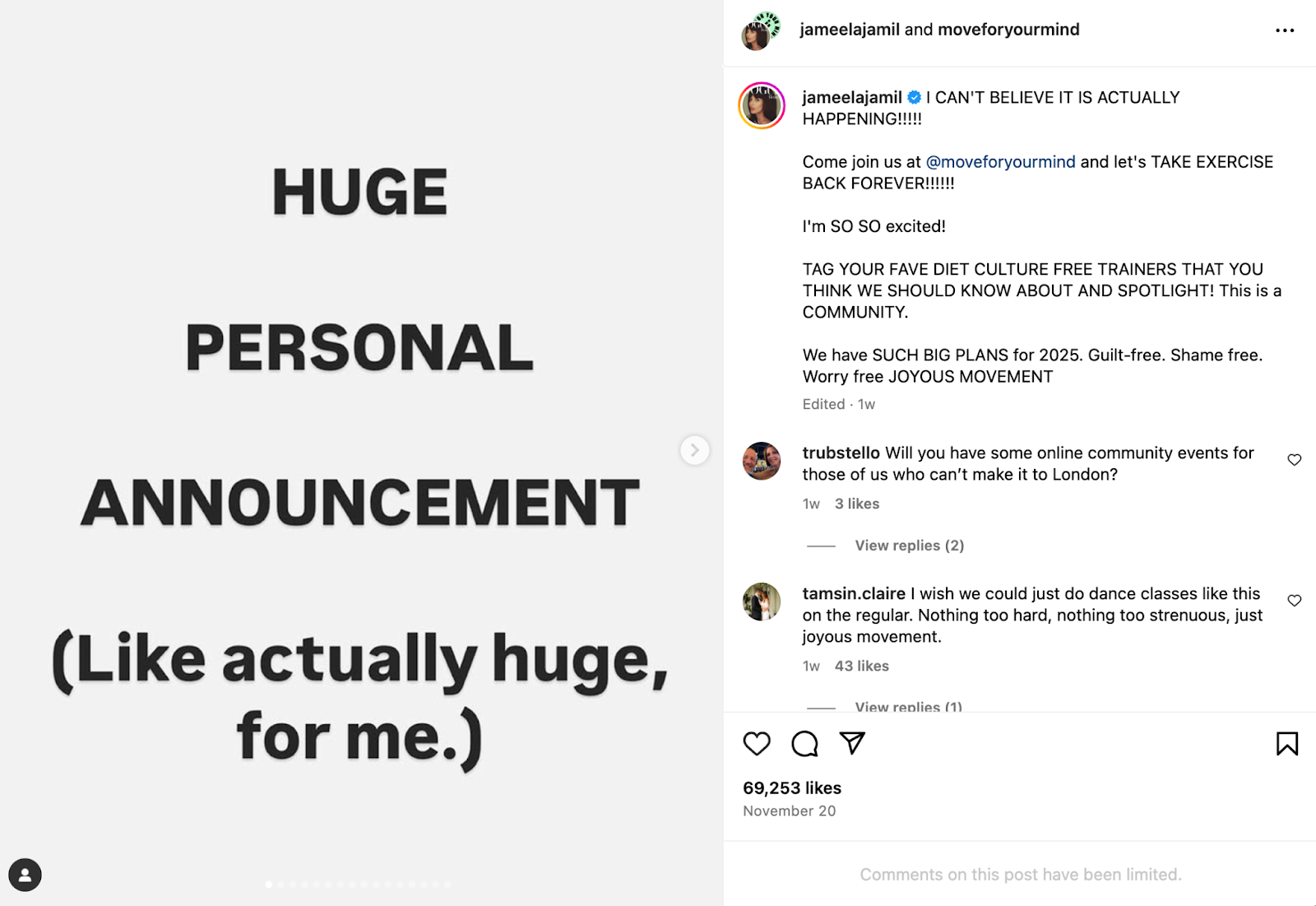
3. Integration of Advanced Technologies & AI Influencers
The rapid advancement of technology continues to transform our digital world, creating opportunities for brands to enhance user experiences and boost audience engagement. With innovations like generative artificial intelligence (AI), augmented reality (AR), and virtual reality (VR), marketing is entering a new era of interactivity and personalization.
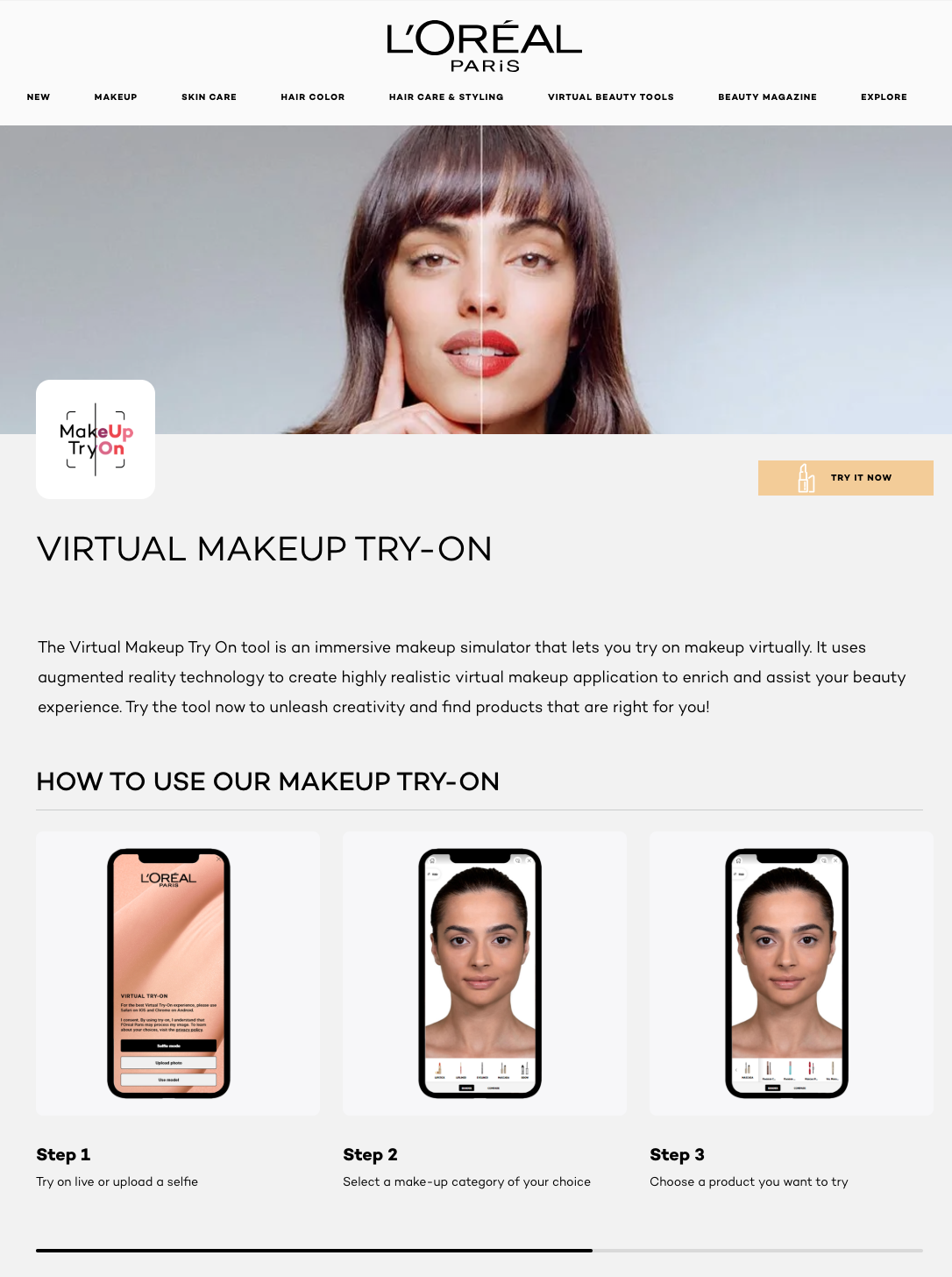
Brands that leverage these technologies can deliver immersive and engaging experiences that go beyond traditional screens. AR and VR, for instance, allow audiences to interact with products in dynamic ways, bringing a sense of realism and tangibility to digital marketing. Virtual try-ons for fashion and beauty products, 3D visualizations, and interactive experiences enable users to visualize how products fit into their lives, making the decision-making process more intuitive and enjoyable.
Generative AI tools further personalize the brand experience by creating virtual brand characters or influencers. These AI-powered personas can engage directly with users through chats, tags, or tailored content, offering a unique touchpoint for interaction. This innovative approach not only humanizes the brand but also deepens customer engagement by making interactions feel authentic and immediate.
Additionally, AI-driven tools like Kolr are revolutionizing influencer marketing. These platforms analyze influencer profiles, content, follower demographics, and engagement metrics to help brands identify the perfect collaborators. By leveraging real-time analytics, brands can monitor campaign performance, optimize strategies, and make data-informed decisions to ensure their marketing efforts achieve desired outcomes.
By integrating advanced technologies into their strategies, brands can break through the noise of a crowded digital landscape, offering experiences that captivate audiences and set them apart from competitors.
4. Social Commerce: Redefining Shopping Through Social Media
Social media platforms are no longer just spaces for connecting with friends or staying updated on news and trends. They have evolved into powerful hubs for commerce, where users follow their favorite brands and establishments to discover sales, promotions, and exclusive deals.
To cater to this shift, platforms now offer seamless in-app purchasing features, allowing consumers to shop directly without leaving the app. From product showcases to checkout, the entire shopping journey can happen within a single platform. Additionally, live shopping events hosted by brands have become increasingly popular. These interactive sessions provide consumers with real-time access to promotions, exclusive offers, and the latest products, creating a dynamic and engaging shopping experience.
Influencers play a crucial role in the success of social commerce. Collaborating with brands, influencers bring their personality and hosting skills to live shopping events, adding a sense of trust and relatability to the products or services being promoted.
By partnering with sales-focused influencers, brands can drive conversions more effectively. Followers are already engaged with these influencers, creating a smooth pathway for recommendations to translate into purchases. Whether through live sessions, promo codes, or in-person events, influencers act as trusted advocates, bridging the gap between brands and consumers.
As social commerce continues to grow, brands that embrace these tools and partnerships will not only enhance user engagement but also drive tangible business results in this rapidly evolving digital marketplace.
 | 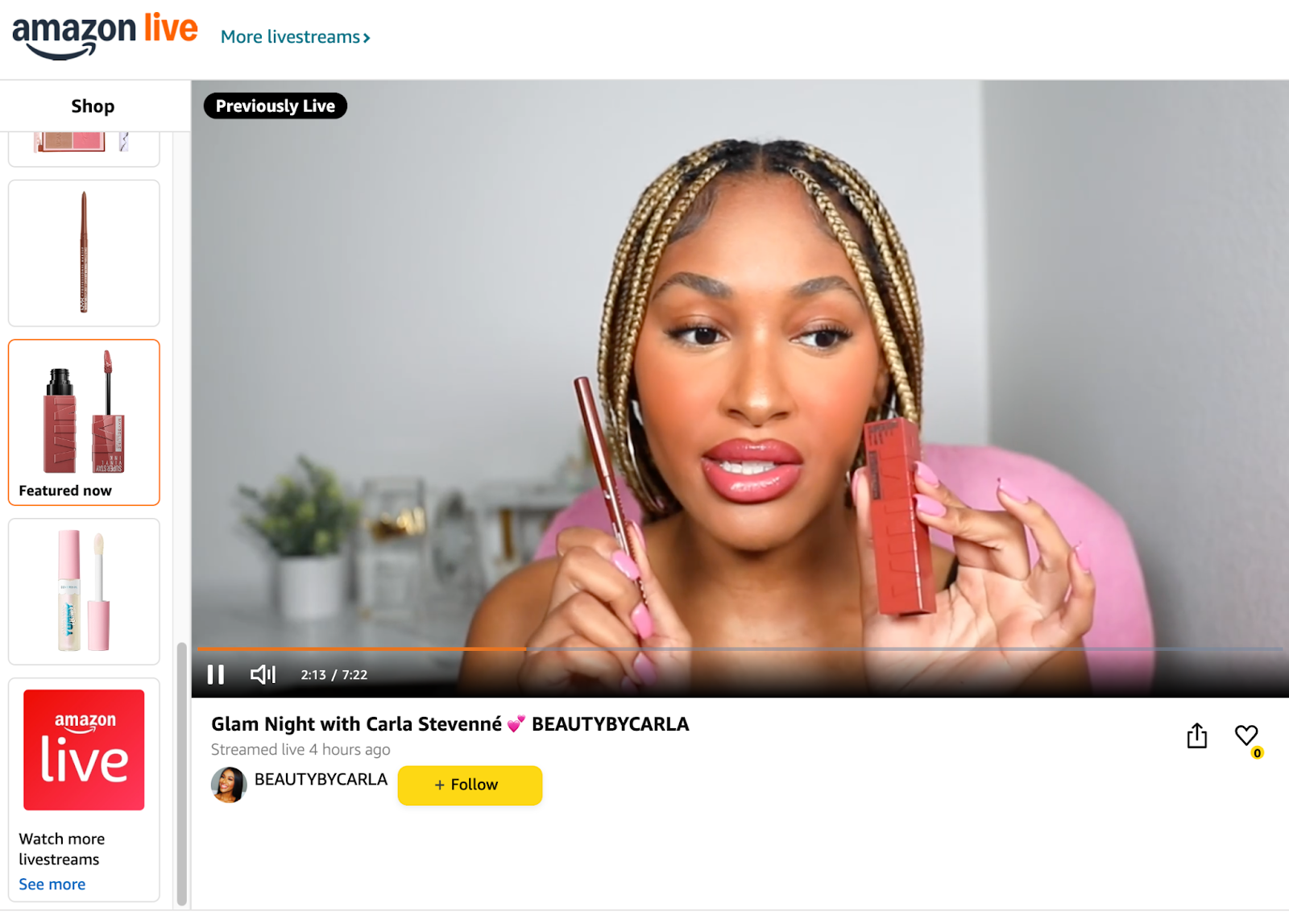 |
5. Personalized Campaigns via Strategic Data Use
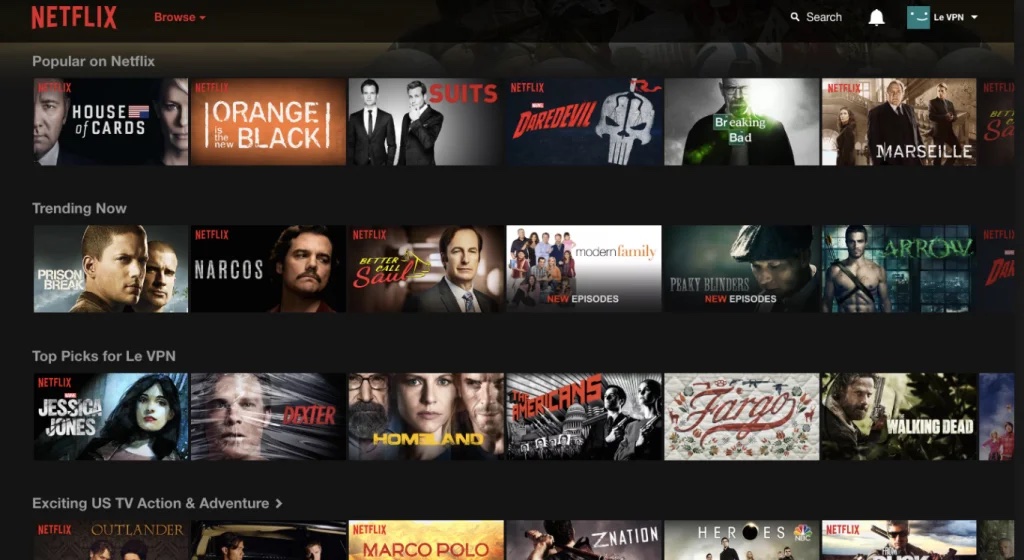
With advancements in AI and data analytics, personalized marketing has become a necessity, and no longer just an option. By analyzing big data, brands can craft hyper-targeted campaigns that speak directly to specific audience segments, strengthening the connection between the brand and its consumers.
For example, a laundry detergent brand can create different campaigns for parents, young singles, or upscale households. While the product remains the same, tailoring the message to match the lifestyle and preferences of each group makes the content more relevant and engaging.
Data analytics also empowers brands to deliver ads at the right time to reach the right audience. For instance, parents might engage with social media early in the morning or late at night, while singles or couples without children may browse during post-dinner hours. Showing the right content at the right time makes campaigns feel more thoughtful and aligned with the audience’s habits.
This precise targeting not only enhances relevance but also bridges the gap between brands and their audiences. When a brand’s message feels timely and tailored, it demonstrates an understanding of consumer preferences, fostering a sense of connection and trust.
By using hyper-targeting techniques and personalized campaigns, brands can better capture their audience’s attention, encourage more interaction, and increase sales. As marketing becomes more focused on data, creating content that feels personal and relevant will continue to be a key factor for success in the fast-changing digital world.
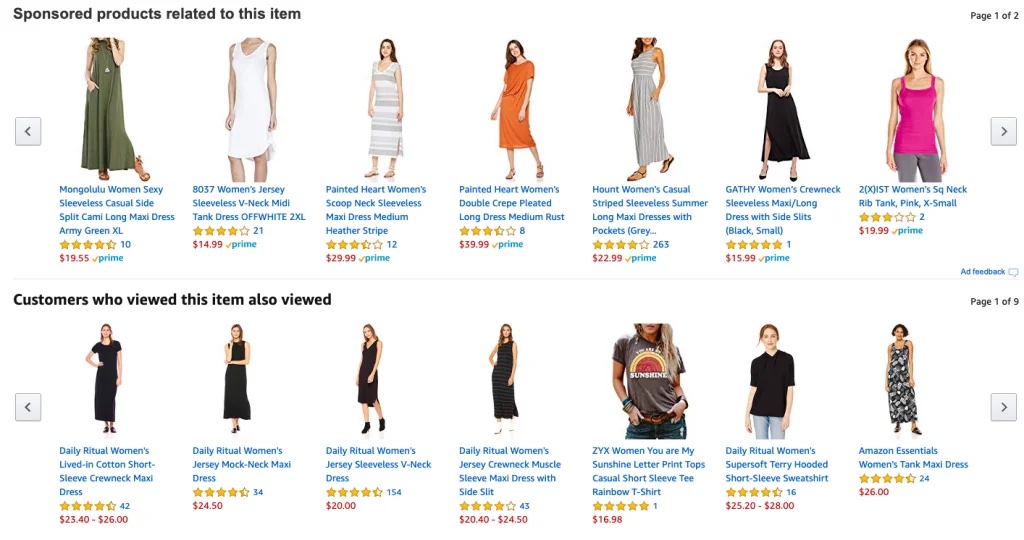 | 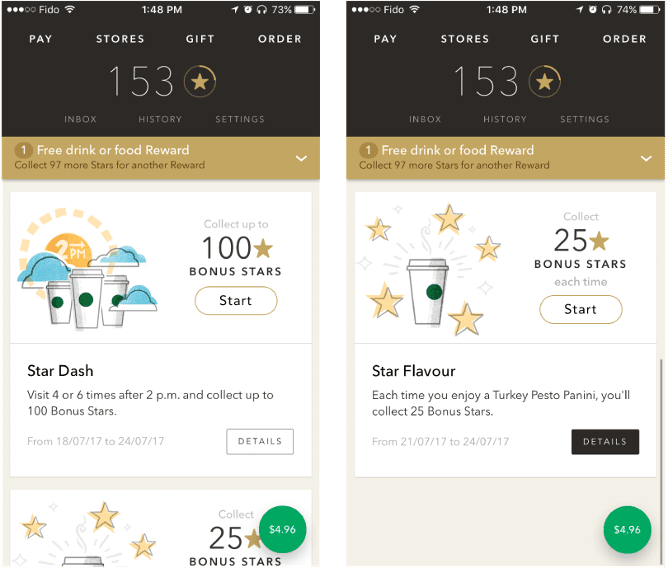 |
(1) Amazon provides recommendations based on what you’ve previously purchased, viewed, and saved on their site (2) Starbucks’ mobile app sends unique offers to users based on their preferences, activity, and past purchases.
Conclusion
As we step into 2025, influencer marketing is set to evolve in exciting ways, driven by technology, creativity, and deeper audience connections.
From the surprise factor of fireworks campaigns to the precision of personalized strategies, the trends outlined here offer a roadmap for brands aiming to stay ahead in the digital marketing landscape. By embracing social-first strategies, leveraging advanced technologies, and fostering authentic relationships through influencers, brands can build stronger, more meaningful connections with their audiences. The key to success lies in adapting to these emerging trends and creating innovative, engaging experiences that resonate.
In a hyper-competitive and fast-changing digital world, those who innovate and stay attuned to audience needs will be in charge of the future of influencer marketing.
If you would like to know more about influencer marketing, feel free to consult Kolr for free at https://www.kolradar.com/en/solution.
▶︎ This article may not be reproduced, reprinted, publicly broadcast, or publicly transmitted without permission. The copyright and image rights of the pictures and data referenced in this article belong to their respective owners.
